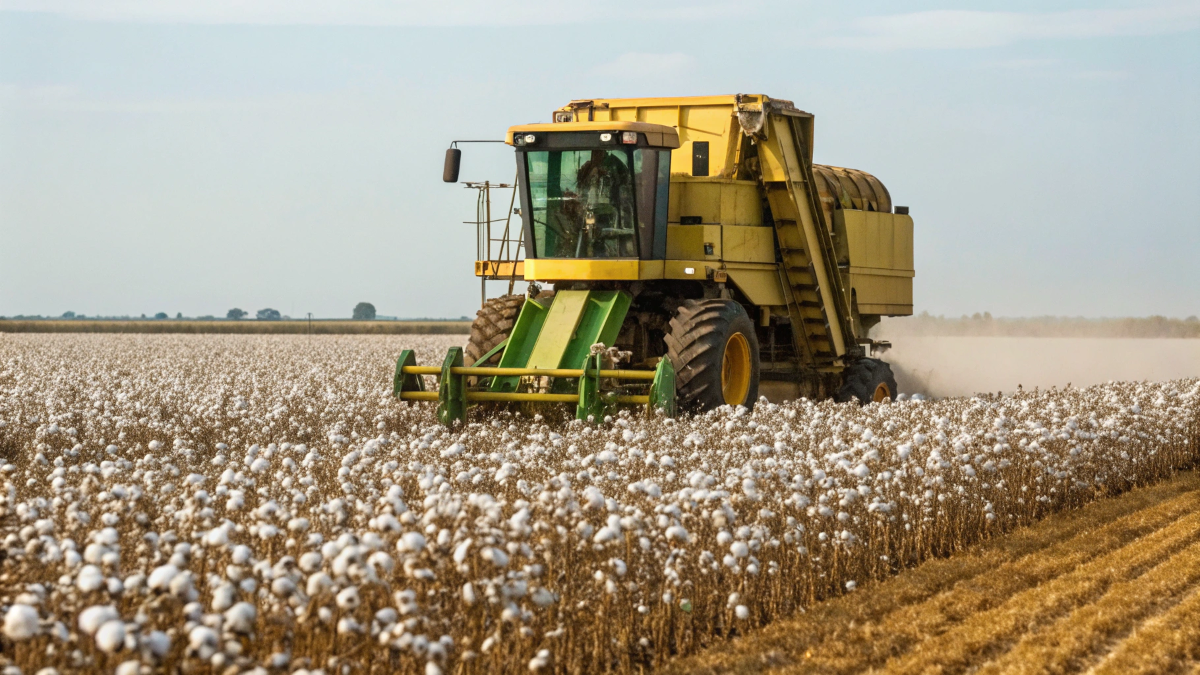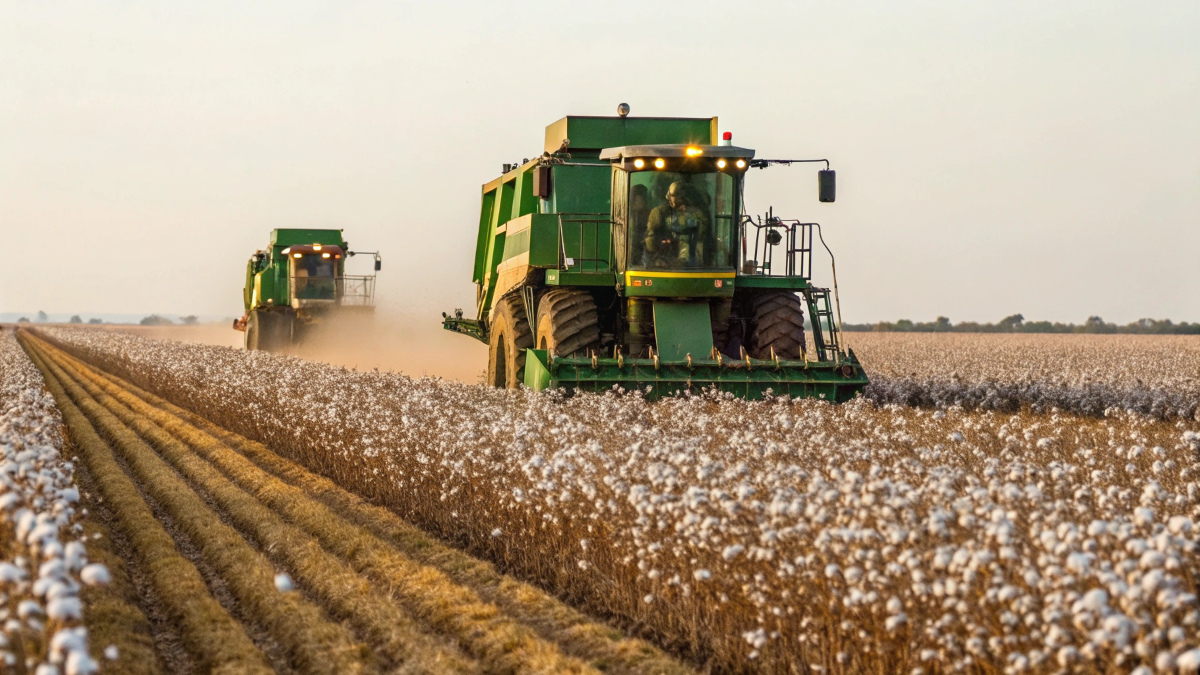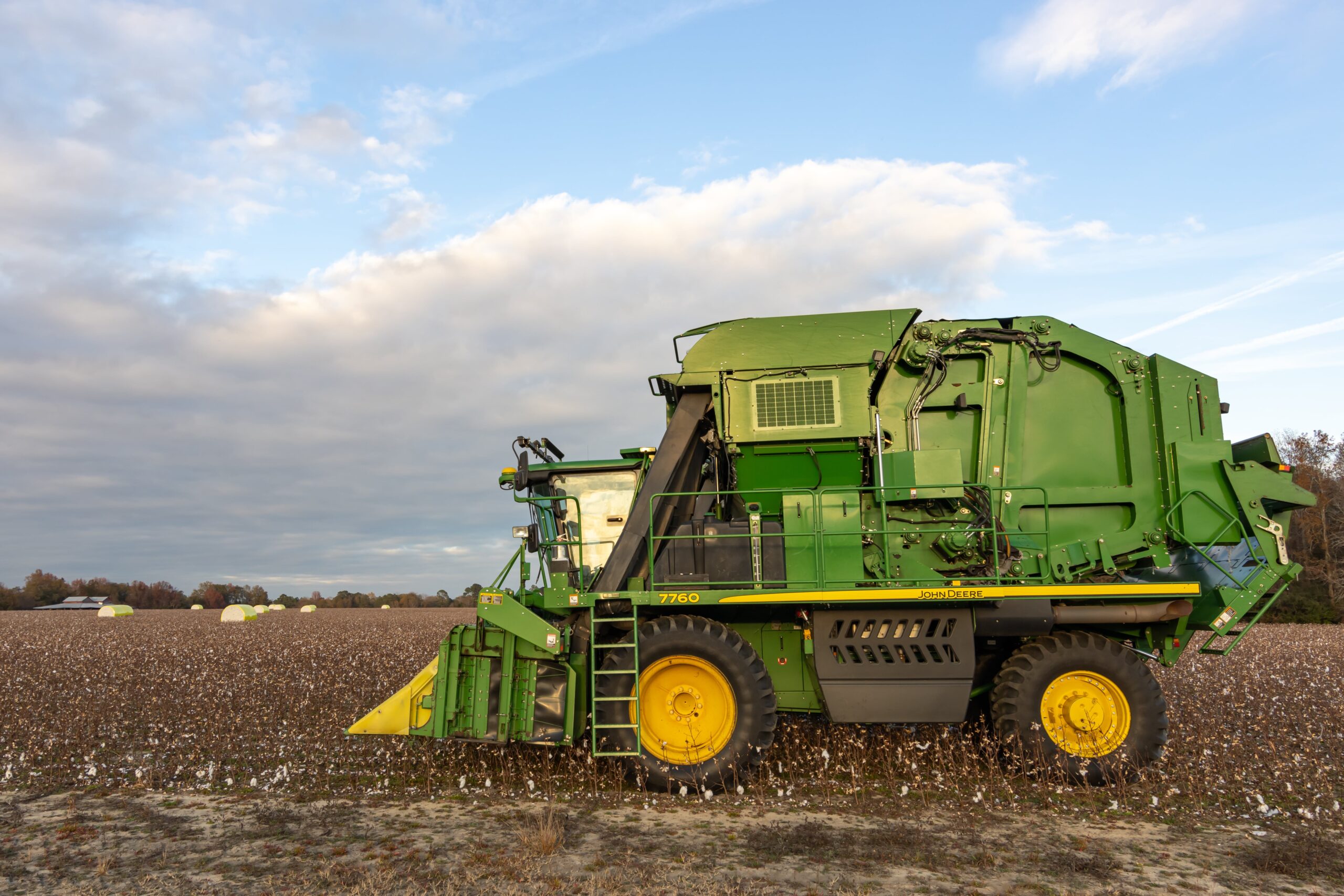In the world of agricultural machinery, John Deere aftermarket parts have become a hot topic of conversation among seasoned equipment owners and new operators alike. Whether you’re running a fleet of cotton pickers during a grueling harvest season or managing a single machine for a family-owned farm, the performance, durability, and cost-effectiveness of your replacement
READ MOREJohn Deere
John Deere Cotton Picker Models
Which John Deere Cotton Picker Model Is Right for Your Operation? A Buyer’s Comparison Guide Choosing the right John Deere cotton picker model can make a significant impact on the productivity and profitability of your farming operation. Whether you’re a small grower harvesting limited acreage or a large-scale producer managing thousands of acres, John Deere
READ MOREHow John Deere Harvesters Are Changing Cotton Harvesting Practices Worldwide
Cotton harvesting is one of the most labor- and machine-intensive agricultural operations, requiring precision, speed, and durability from every piece of equipment involved. Over the years, John Deere harvesters have stood at the forefront of innovation in this sector. These machines have played a significant role in transforming how cotton is picked, processed, and prepared
READ MOREEnsuring Optimal Performance: How to Maintain and Replace John Deere Parts
When it comes to harvesting cotton, John Deere has long been a trusted name in the industry. Their cotton pickers are known for their reliability, efficiency, and durability. However, like any complex piece of machinery, regular maintenance and occasional replacement of parts are essential to keep these cotton pickers performing at their best. This blog
READ MOREWhy are Farmers Suing John Deere?
For many decades, John Deere made it clear to all who purchased their tractors that all the repairs would go through the John Deere repair shops nationwide. Now the Department of Justice has stated to the courts, fighting for the farmers’ rights to choose which shop they wish to use for repairs and even lean
READ MORE




